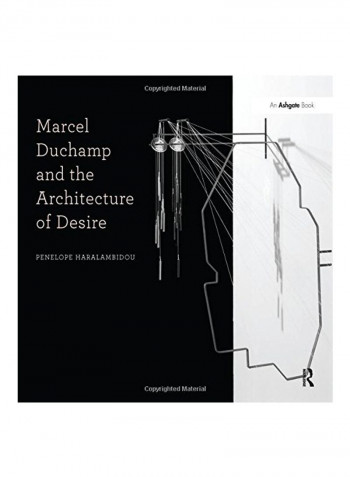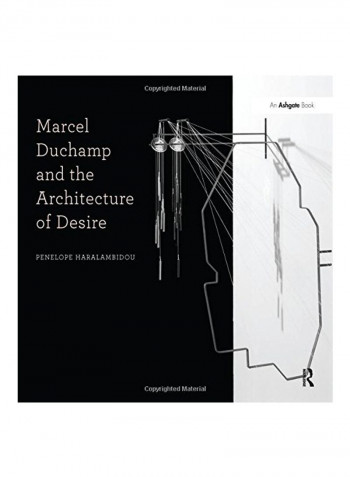Marcel Duchamp And The Architecture Of Desire Paperback
Recommend
Sort by
Rating
Date
Specifications
Author 1
Penelope Haralambidou
Book Description
While much has been written on Marcel Duchamp - one of the twentieth century's most beguiling artists - the subject of his flirtation with architecture seems to have been largely overlooked. Yet, in the carefully arranged plans and sections organising the blueprint of desire in the Large Glass, his numerous pieces replicating architectural fragments, and his involvement in designing exhibitions, Duchamp's fascination with architectural design is clearly evident. As his unconventional architectural influences - Niceron, Lequeu and Kiesler - and diverse legacy - Tschumi, OMA, Webb, Diller + Scofidio and Nicholson - indicate, Duchamp was not as much interested in 'built' architecture as he was in the architecture of desire, re-constructing the imagination through drawing and testing the boundaries between reality and its aesthetic and philosophical possibilities. Marcel Duchamp and the Architecture of Desire examines the link between architectural thinking and Duchamp's work. By employing design, drawing and making - the tools of the architect - Haralambidou performs an architectural analysis of Duchamp's final enigmatic work Given: 1. The Waterfall, 2. The Illuminating Gas... demonstrating an innovative research methodology able to grasp meaning beyond textual analysis. This novel reading of his ideas and methods adds to, but also challenges, other art-historical interpretations. Through three main themes - allegory, visuality and desire - the book defines and theorises an alternative drawing practice positioned between art and architecture that predates and includes Duchamp.
ISBN-10
1409443450
ISBN-13
9781409443452
Language
English
Publisher
Taylor And Francis Ltd
Publication Date
18 Mar 2014
Number of Pages
350
About the Author
Penelope Haralambidou is Doctoral Programmes Coordinator at the Bartlett School of Architecture, UCL, where she also teaches design Unit 24.
Editorial Review
Recently in many architectural schools efforts intensified to further develop architectural research. Exciting new avenues are being explored, relying upon the design skills of architects and urban designers, combining them with intellectual rigor and in-depth thinking, in order to imagine new spatialities and to unfold hitherto unknown spatial experiences. This series highlights the innovative results of these explorations, opening up a new world of path-breaking research.' Hilde Heynen, University of Leuven, Belgium 'Recommended.' Choice



